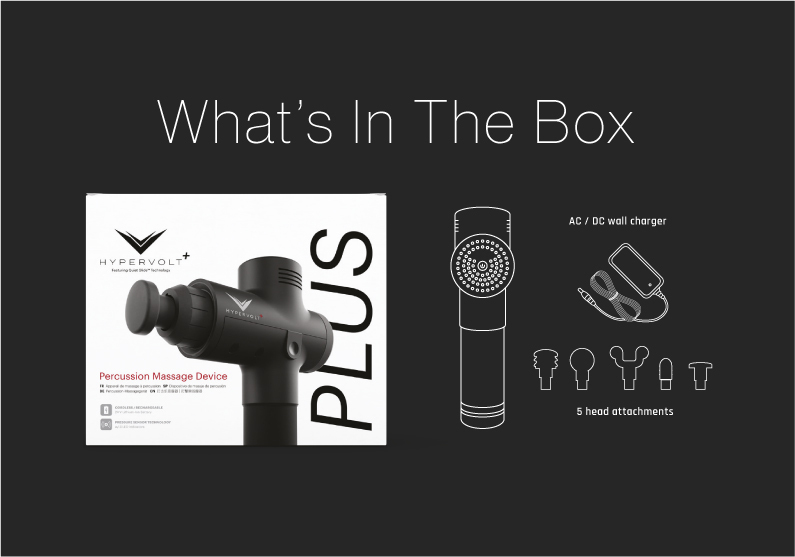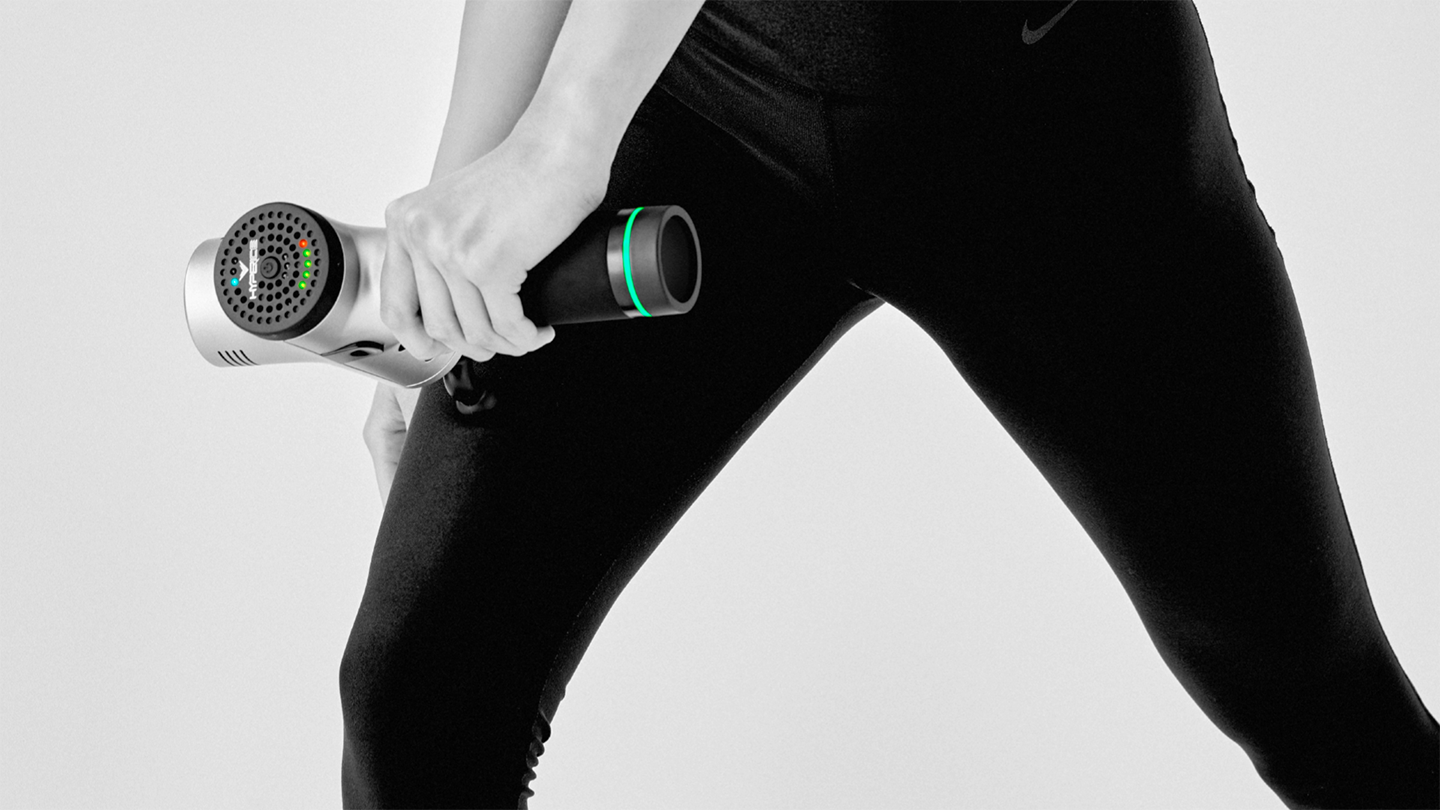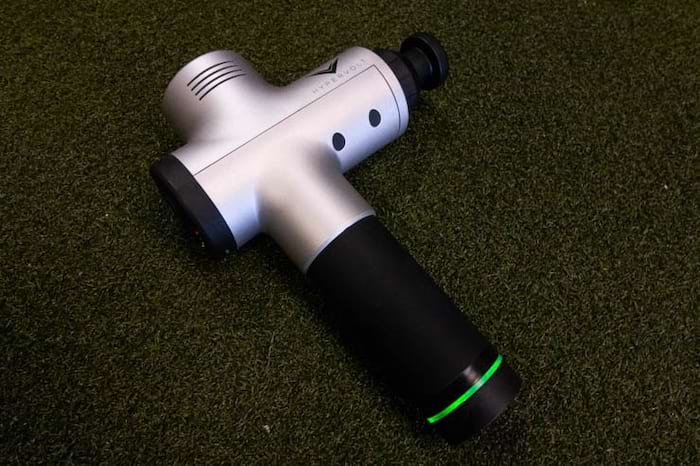
HYPER VOLT REVIEWS FULL
This will use any solar-generated energy, and then top up the remainder from the grid to ensure a full 7kW charge. Setting the Hypervolt to ‘boost’ mode the EV will be charged at the full rate up to 7kW. This helps optimise the use of home-generated electricity and prevent surplus energy from being sent to the grid. The Hypervolt now offers 3 modes of solar charging, similar to the Zappi. This can be installed in an existing consumer unit (if available) or within a separate enclosure nearby. The Hypervolt has 6mA DC protection built-in therefore an expensive external B-type RCD is not required making installation straightforward.Īn A-type RCD or RCBO is required at the consumer unit though. Internal view of Hypervolt with Rasberry Pi computer inside RCD protection Unfortunately, wireless CT clamps aren’t currently available, unlike the Myenergi Zappi.

This makes installation more aesthetically pleasing as only a single cable is used.

The CT clamp is hard-wired to the Hypervolt via a separate cable or a combined power and data cable like Doncaster Cables EV Ultra can be used. Monitoring of the main fuse is done via a CT clamp which is clipped to the supply cables at the electric meter. What’s great is that there is a visible representation of this happening on the front of the Hypervolt unit as the LED logo fades out to represent lower power which is a neat little touch. This keeps the maximum demand to 60A and prevents the main fuse from blowing and limits the chance of a total loss of power. The Hypervolt is set to a limit that matches the size of the main incoming supply fuse, it then monitors electricity usage in the home and alters the charge rate to the EV to suit.įor instance, if the limit is set to 60A and 40A is used in the home elsewhere then charging to the EV will drop to 20A.

Automatic load managementĪgain another important safety feature as it prevents overload of your electrical supply. This feature comes as standard on the Hypervolt meaning a simple installation every time. In the event of a supply fault, the Hypervolt will stop charging preventing potential harm. This is where PEN fault detection comes into play as it constantly monitors the incoming supply.
HYPER VOLT REVIEWS INSTALL
The downside to the earth rods is they can be time-consuming to install and also look really unsightly on the front of a property. If there is a fault on the supply cable coming into the property in some circumstances the metalwork of the car may become live, this can be potentially fatal if anyone was to touch this. This offers added protection in case of a fault on the property’s supply cable. Not the first feature most people look for but it is an important one as it’s there for safety.Įarly EV chargers and chargers in the cheaper price bracket require an earth rod to be installed. Metal installer mounting plate for approved installers easy marking of fixings during installation Hypervolt features PEN fault detection Installation mounting plate (now cardboard) The depth is only 101mm makes the Hypervolt quite slimline in comparison with most chargers. This is smaller than chargers such as the Andersen A1 and Myenergi Zappi. The Hypervolt EV charger measures 328mm x 243mm x 101mm.

Hypervolt in ultrawhite Hypervolt dimensions Charging at the standard 7kW (32A at 230v) with options to reduce this in-app, or using the new automatic load management feature. The Hypervolt is constructed from ABS composite and is extremely durable in all weather conditions with an IP54 rating. The tethered lead is wrapped around the Hypervolt unit quite discretely with the ability to stow the connector in a wall-mounted holster (included). The Hypervolt home 3.0 is a wall-mounted EV charger with a 5m tethered lead, available in both type 1 and 2 variants. This EV charger aims to bring premium features at an affordable price, and at the same time offer style and ease of use. Having received backing from Innovate UK, the Government-backed innovation and research agency, this new charger looks to make its mark on the home charging scene. The home 3.0 is an EV charger from UK-based company Hypervolt.


 0 kommentar(er)
0 kommentar(er)
